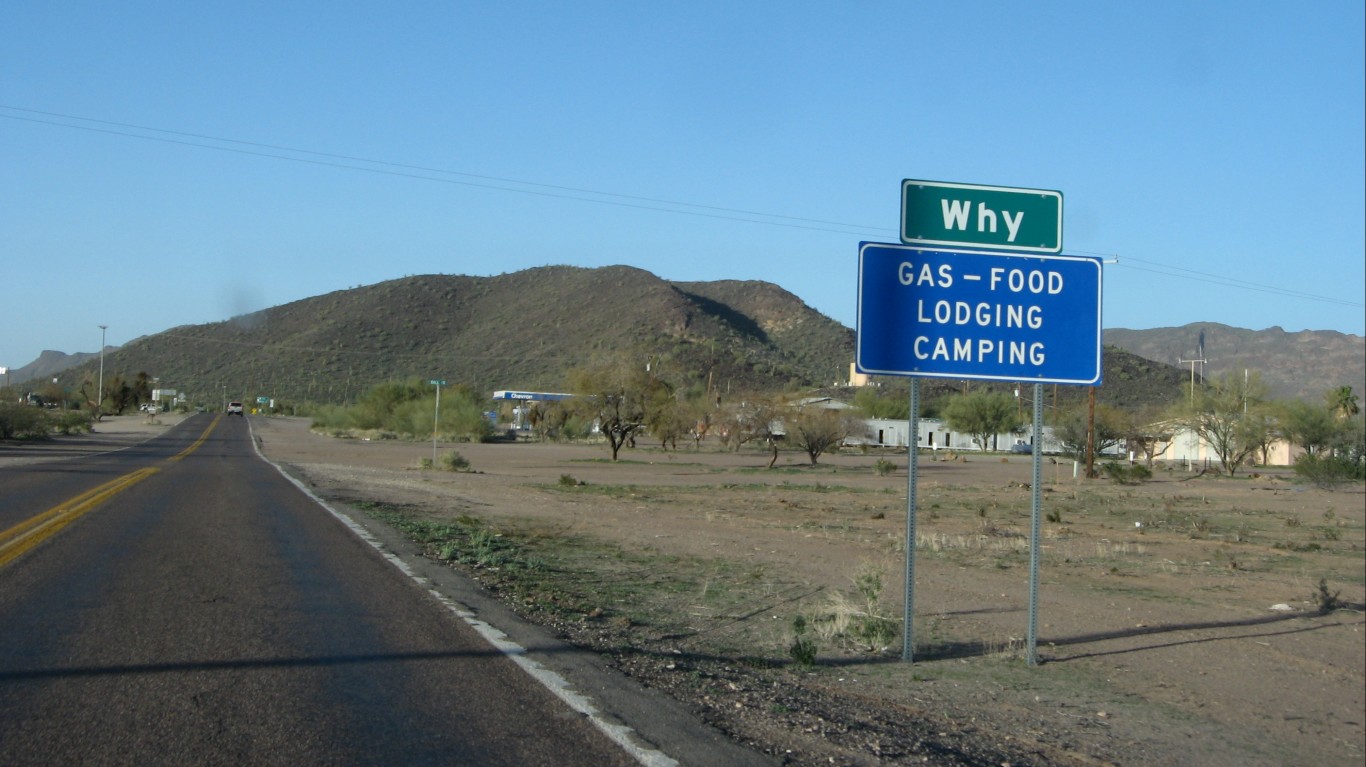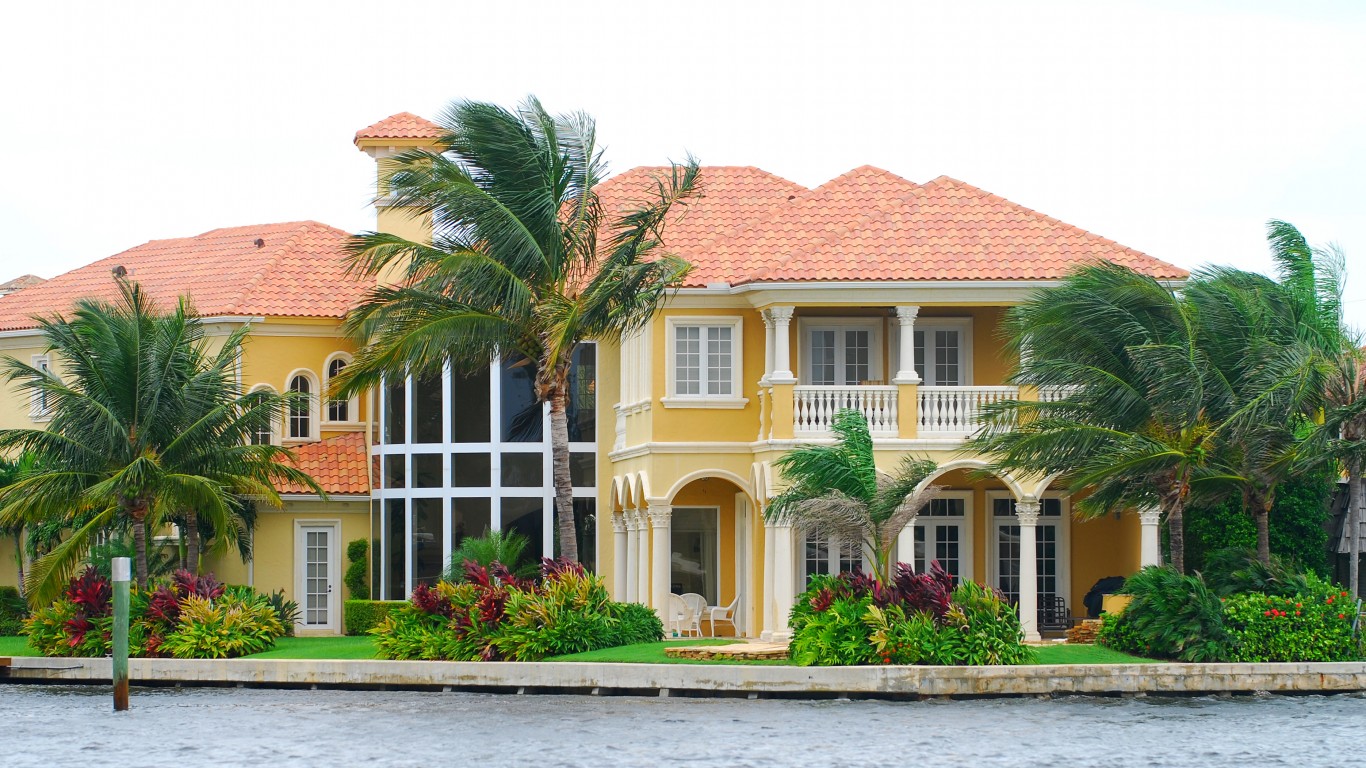
There are no rules for naming towns. Some are christened, reasonably enough, after their founders or a defining geographical feature. Others have monikers based on other languages or they may pay homage to religious figures. And then there are some places whose names seem completely random, with those naming the towns likely succumbing to boredom, silliness, or simply impatience.
These town names often have intricate — sometimes amusing, sometimes unlikely — origin stories. While some names are funny, others are just plain strange. Of course, “strange” is a matter of opinion.
24/7 Tempo attempted to identify the strangest in each state. Our editors chose the names often because they are just different. Other times, names were chosen because of their odd history or because they’re hard to say — here are 50 town names most Americans will struggle to pronounce.
Residents of towns often brag or joke about what they’re called. And of course, there are those who dispute or deny the etymologies. The list is intended for those who enjoy the unexpected, and we’re pretty confident that these are all town names that will make you think twice.
Click here to see the 43 strangest town names in America
Click here to see our full methodology
Accident, Maryland
> Municipal status: Town
> Population: 244
In 1786, when land speculator William Deakins, Jr., was granted the patent, or official land grant, to the tract where this town now stands, he called it “Accident.” According to local lore, this was because he and another speculator, Brooke Beall, had accidentally surveyed the same tract simultaneously.
[in-text-ad]
Arab, Alabama
> Municipal status: City
> Population: 8,234
The city of Arab (pronounced “ey-rab”) has no Middle Eastern connections. It got its name through a typographical error. After a village grew up around mid-19th-century settler Stephen Tuttle Thompson’s farm, Thompson asked the federal government to open a local post office. He offered three possible names for it: Ink, Blue Bird, and Arad, the last of these for his son Ranson Arad Thompson. Whoever processed the application chose Arad — but misspelled it “Arab,” and the name stuck.
Bad Axe, Michigan
> Municipal status: City
> Population: 2,980
Planning the first state road through Michigan’s Huron County in the early 1860s, surveyors Rudolph Papst and George Willis Pack established a camp site where the city is now. They called it “Bad Axe Camp,” after an old axe they found there. They used the name both in their record of their journey and on a sign on the trail. By the time Papst returned to the area following the Civil War, the name “Bad Axe” was being used officially on local maps.
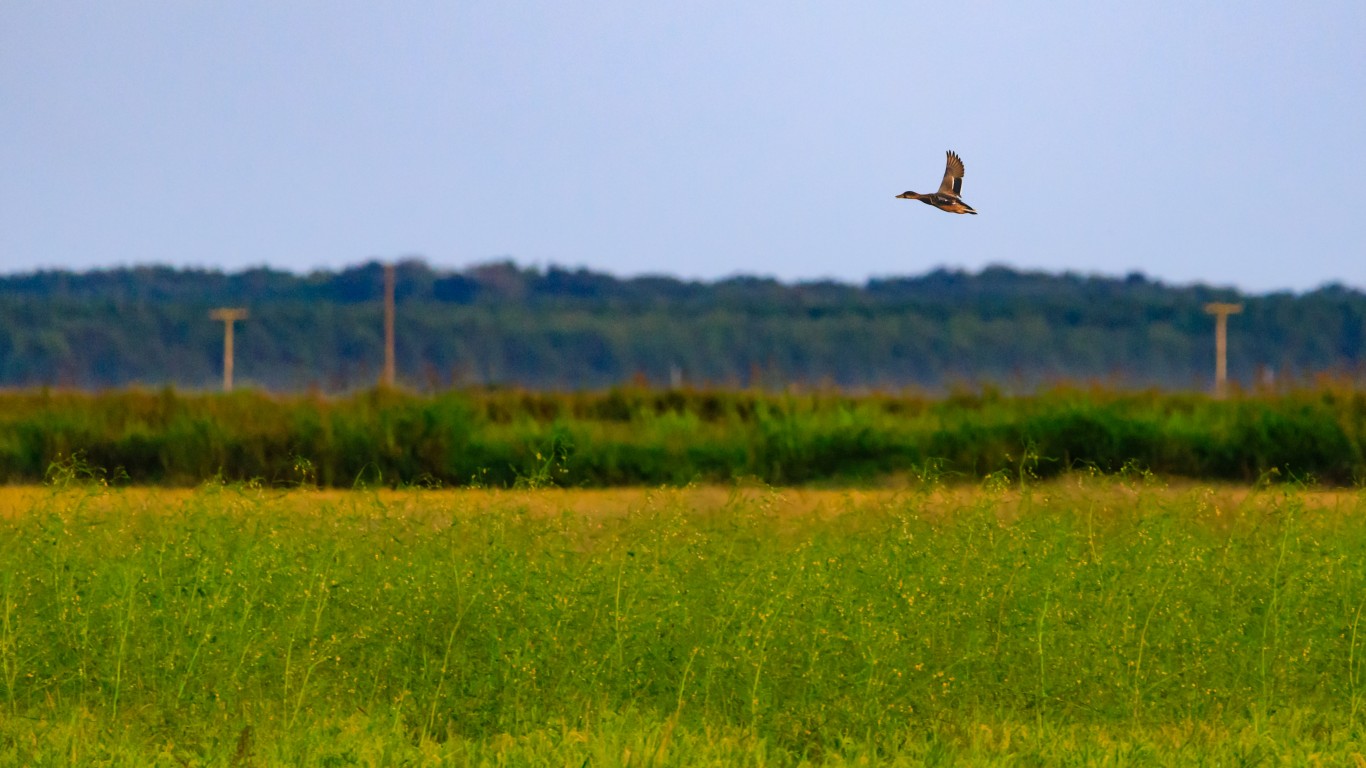
Bald Knob, Arkansas
> Municipal status: City
> Population: 2,891
Local legend maintains that Spanish explorer and conquistador Hernando de Soto was the first to describe the immense rock outcropping above the site of this city as a “bald knob” (though presumably in Spanish). One of the community’s founders, Benjamin Franklin Brown, posted a sign reading “Bald Knob” along the railroad tracks in the early 1870s. Beginning in 1877, the layered stone knob itself was quarried for railroad ballast. The following year, Bald Knob got its first post office, firmly establishing the name.
[in-text-ad-2]
Howey-in-the-Hills, Florida
> Municipal status: Town
> Population: 1,462
The town, founded by William John Howey, was incorporated as Howey in 1925. It got its new name two years later to reflect the rolling hills and lakes, which Howey nicknamed “the Florida Alps.”
Bear, Delaware
> Municipal status: Census designated place
> Population: 21,362
A Colonial-era tavern called The Bear, located somewhere in the area, lent its name to this community. George Washington is said to have stopped at the tavern, which shut down in 1845 and was later torn down. Its name survived on the local railroad station and then the post office.

Bird-in-hand, Pennsylvania
> Municipal status: Census designated place
> Population: 508
A popular theory about Bird-in-Hand’s name origin has to do with inns. In the early 18th century, the people visiting the area spoke various languages, so locals named their inns after images everyone could understand. One such image was a hand holding a bird. At the time, communities that grew around inns often took the name of the inn because it was the most recognizable place in the area.
[in-text-ad-2]
Boring, Oregon
> Municipal status: Unincorporated
> Population: 8,000
Stifle that yawn. The community of Boring — originally Boring Junction — was named for Civil War veteran William Harrison Boring, who donated the land for its first schoolhouse and lent his name to the local hotel and Grange chapter, among other things.
Cal-Nev-Ari, Nevada
> Municipal status: Census designated place
> Population: 119
This site was originally known as Stage Field and was an airfield for World War II army training center Camp Ibis. After the camp was closed, an airport operator, Slim Kidwell, flew over the area and thought it had development possibilities. He and his wife, Nancy, took possession of the property in 1965, naming it in recognition of its home state and its proximity to the California and Arizona borders. They built an airstrip, casino, motel, restaurant, and bar, among other features.
[in-text-ad]
Chunky, Mississippi
> Municipal status: Town
> Population: 415
Chunkyville was village established before 1848 on the site of a former Choctaw settlement called Chanki Chitto. In 1861, after it was announced that planned railroad tracks would pass several miles north of the village, most of its citizens moved close to where it would pass and called their new town simply Chunky.
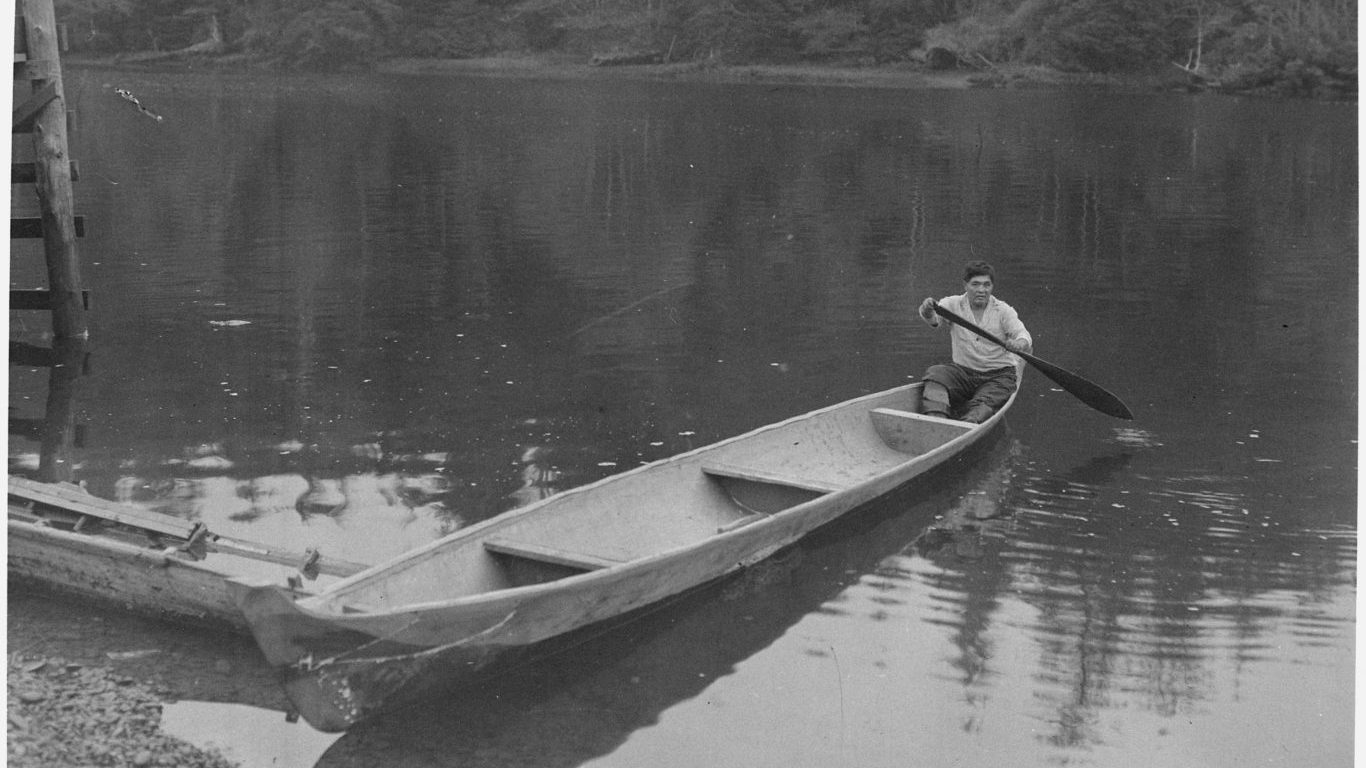
Qui-nai-elt Village, Washington
> Municipal status: Census-designated place
> Population: 59
The community of Qui-nai-elt is located in the southwestern part of the Quinault Indian Nation, roughly 3 miles from the Pacific Ocean. About 97% of the area’s population identifies as Native American. The name “Quinault” has been anglicized from “kʷínayɬ,” which was the name of a village on the Quinault River, now called Taholah.
Cucumber, West Virginia
> Municipal status: Census designated place
> Population: 65
This community takes its name not from the familiar vegetable, but either from the so-called cucumber tree (sometimes written cucumbertree), Magnolia acuminata, which grows in the region, or from Cucumber Creek — itself likely named for the tree.
[in-text-ad-2]
Cut and Shoot, Texas
> Municipal status: City
> Population: 1,313
Local legend has it that the name of this city derives from a disagreement in 1912 at the local church, with churchgoers arguing over land claims, or steeple design, or who the preacher should be. Whatever the source of the dispute, a small boy at the scene is said to have announced his annoyance with the goings-on by saying “I’m going to cut around the corner and shoot through the bushes in a minute.” Exactly when locals decided to name their settlement after the statement is not recorded.
Kermit, Texas
> Municipal status: City
> Population: 6,614
Having a famous and beloved father may get some people a city named after them. Kermit, a city of about 6,600 people in eastern Texas, was named after Theodore Roosevelt’s son, Kermit Roosevelt. Kermit Roosevelt was frequently hunting in the area. The city has a Kermit the Frog-decorated water tower.
[in-text-ad]
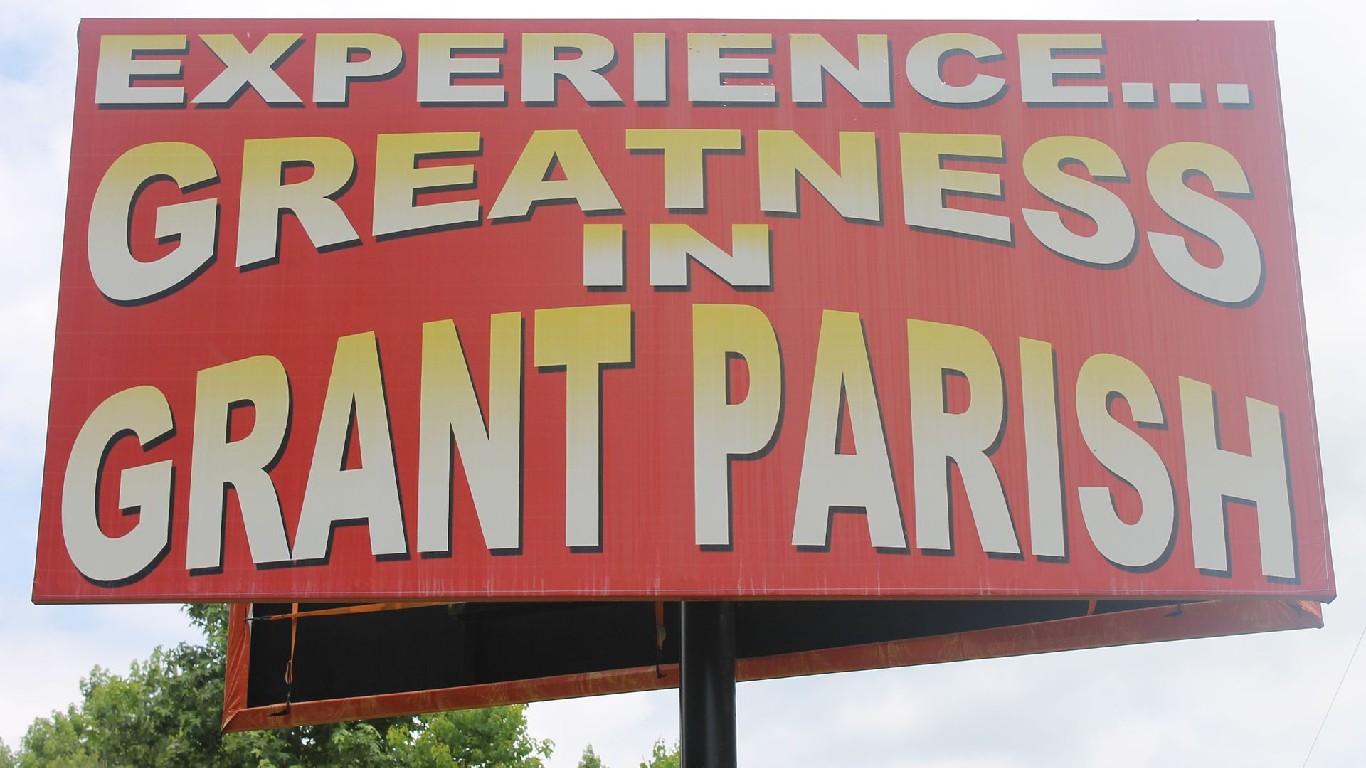
Dry Prong, Louisiana
> Municipal status: Village
> Population: 502
A prong, which we usually think of as the tine of a fork or part of an electrical plug, can also be one arm of a forked river. This village most likely takes its name from a creek that powered the local sawmill most of the year but dried up every summer.
Eek, Alaska
> Municipal status: City
> Population: 491
Eek’s name may suggest the sound a frightened person makes, but it’s actually an anglicized corruption of the locality’s Central Yup’ik name, Ekvicuaq — literally ˚little cliff.”
Embarrass, Wisconsin
> Municipal status: Village
> Population: 548
The French verb embarrasser can mean “to hamper,” “to stop,” or “to embangle [entangle].” The word is said to have been attached to this place by French-Canadian lumberjacks who found the nearby river almost impassable.
[in-text-ad-2]
Zap, North Dakota
> Municipal status: City
> Population: 157
One version of the history of the city’s name is accepted as true. The city had a coal mine at the edge of town, and the official in charge of naming new areas at the time knew of a town with coal mines in Scotland that was named Zapp. So it only made sense to him to name the city with the same name, dropping one “p” as a way of Americanizing it.

Foot of Ten, Pennsylvania
> Municipal status: Census designated place
> Population: 715
This community takes its name from its position at the base of the Number 10 plane (or incline) of the historic Allegheny Portage Railroad. The railroad was part of the network of canals and railways that made up the Pennsylvania Main Line of Public Works, which connected Philadelphia and Pittsburgh for much of the 19th century.
[in-text-ad]

Gas, Kansas
> Municipal status: City
> Population: 488
In 1893, drillers discovered natural gas deposits here, which were described by Gas founder E. K. Taylor in local newspaper the Iola Register as “[N]atural Resources that will erect and maintain a City as solid as the Rock of Gibraltar.” Taylor planned the town, which he dubbed Gas City, and started selling residential and business lots in 1898. When he applied for a post office the following year, postal authorities asked him to drop “City” from the name, which he did.
Hideout, Utah
> Municipal status: Town
> Population: 1,123
Hideout is a new town, established only in 2008. It’s named for an old landmark nearby, Hideout Canyon, which was called that because it was a popular hideout for rustlers and other outlaws in earlier days.
[in-text-ad-2]
Ho-Ho-Kus, New Jersey
> Municipal status: Borough
> Population: 4,101
Where this New Jersey borough gets its name is a matter of some dispute. One theory links it to early Dutch settlers, who may have commented on its hoge eiken (hoge aukers, according to some versions), or high oak trees. More likely, it is a Native American term describing some feature of the local topography, flora, or fauna — possibly a Delaware word usually rendered as “mehokhokus,” meaning “red cedar.”
Hungry Horse, Montana
> Municipal status: Census designated place
> Population: 575
Hungry Horse and the nearby Hungry Horse Dam were named for two draft horses who got lost in the snow in the winter of 1900-01 and were found weak and starving a month later. They were nursed back to health.
[in-text-ad]
Jot ‘Em Down, Texas
> Municipal status: Unincorporated
> Population: 10
This unincorporated community has also been known at various times as Mohegan, Muddig Prairie, and Bagley. Jot Em Down (or Jot ‘Em Down, or Jot-Em-Down) is a reference to the store in the old “Lum & Abner” radio comedy series. A local resident, Dion McDonald, opened a real store in town in 1936 and gave it that name, and the town later adopted it.
Likely, California
> Municipal status: Census designated place
> Population: 12
In 1878, locals were asked to find a new name for their post office, after the Post Office Department rejected its old name, South Fork. They suggested three alternatives, each of which was turned down because they duplicated names of other post offices elsewhere in California. When somebody remarked that they would likely never find a name, somebody else supposedly spoke up and said, “It is not likely that there will be another post office in the state called ‘Likely.’” They submitted that, and it was accepted.
Mexican Hat, Utah
> Municipal status: Census designated place
> Population: 11
Founded by an oil speculator in 1908, this community is named for a rock formation about two-and-a-half miles to the northeast that is thought to resemble, from certain angles, a sombrero — a Mexican hat.
[in-text-ad-2]
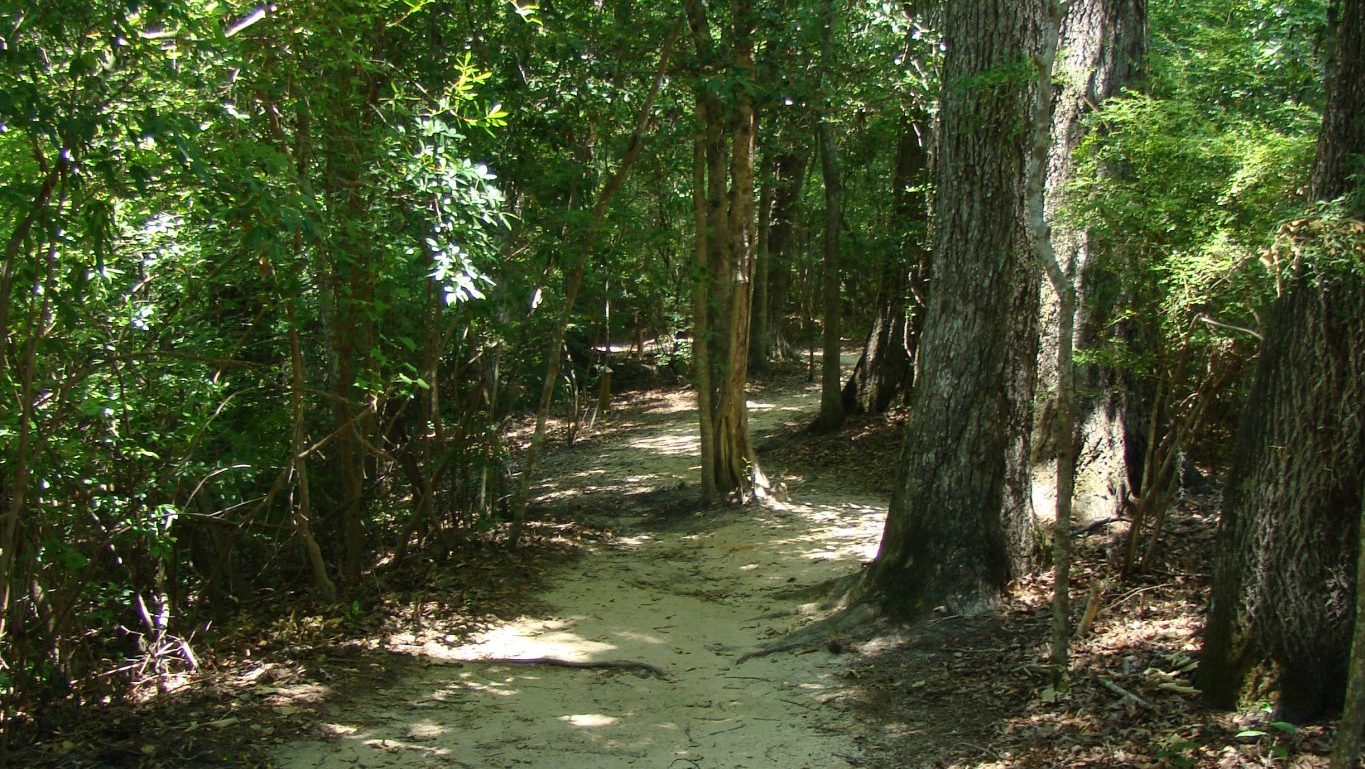
Coward, South Carolina
> Municipal status: Town
> Population: 711
It’s likely not easy for town residents to say where they’re from, and many amusing moments can ensue. The reality is more straightforward. The town was most likely named after the prominent Coward family, which lived in the county.
[in-text-ad]
Normal, Illinois
> Municipal status: Town
> Population: 54,808
There’s a joke that this town, originally called North Bloomington, was named for its supposed founder, Abner Normal, known as Ab (get it?). In reality, it was named that because the new state university opened there in 1861 was described as a normal school (an old name for a teachers college).

Box, Oklahoma
> Municipal status: Census-designated place
> Population: 187

So-Hi, Arizona
> Municipal status: Census designated place
> Population: 216
So-Hi is another fascinating name of a community in the Grand Canyon State. Geographically, it’s not at a very high elevation — 3,740 feet. And there’s no indication that the name has anything to do with smoking weed either. The name’s origin remains a mystery.
[in-text-ad-2]
Parachute, Colorado
> Municipal status: Town
> Population: 1,242
Parachute was so named, it is said, either for the shape of an adjacent creek (called Parachute Creek) or because hunters on the cliffs above the site used to say they need a parachute to get down there.
Peculiar, Missouri
> Municipal status: City
> Population: 5,006
This is one of many naming stories that has to do with what was then the U.S. Post Office Department. According to an account written in 1899, the citizenry applied for a post office to be established in their community. They suggested the name Excelsior, but were told that there was already an Excelsior elsewhere in Missouri. They tried again with other names and received the same reply. Frustrated, they asked the department to give them some “peculiar” name (writing the word in quotation marks). Back came a commission calling the post office exactly that, with no further explanation.
Pillow, Pennsylvania
> Municipal status: Borough
> Population: 256
The borough of Pillow was founded in 1818 by land developer John Snyder. Curiously, it was originally called Schneidershtettle — apparently a Germanicized version of his name, attached to a version of the Yiddish word for a small Jewish village. In 1864, it was incorporated as Uniontown, but as there was another Uniontown in the state, the post office was renamed Pillow, and the town officially took the name in 1965. According to the Pillow Historical Society, this was apparently in honor of the infamous Brigadier General Gideon Johnson Pillow, who was nearly court-martialed for taking false credit for victories in the Mexican-American War, and later, as a Confederate officer during the Civil War, was accused of hiding behind a tree during an important battle. His connection to Pennsylvania is not clear.
Pinch, West Virginia
> Municipal status: Census designated place
> Population: 2,554
According to an account from 1945, Pinch was named for a creek called Pinch Gut. Gut is a synonym for creek, but there may have been a play on words involved here. According to one account, “white men, hunting here in pioneer times, were attacked by Indians; and so long were they besieged that they almost starved…” Thus, their guts were pinched.
[in-text-ad-2]
Ship Bottom, New Jersey
> Municipal status: Borough
> Population: 967
This town on the Garden State’s Long Beach Island, incorporated in 1925, owes its name to an incident that took place offshore in 1817. According to local historian John Bailey Lloyd, a schooner piloted by one Stephen Willets came upon a ship that had overturned on the shoals. One of the schooner’s crew heard somebody tapping inside the upturned hull, and Willets chopped a hole in it with an axe, rescuing a young woman who had been trapped inside. The name of the wrecked ship was never discovered, but the locality was dubbed Ship Bottom. In 1925, the community joined with four neighboring towns to form the borough of Ship Bottom-Beach Arlington. In 1947, the second part of the name was dropped.
Gross, Nebraska
> Municipal status: Village
> Population: 9
There’s nothing disgusting about this small village in Boyd County, not far from the border with South Dakota. It was named after a couple who opened a store there, hoping to capitalize on the flow of people the promised railroad was going to bring. The railroad, however, was never built, and most people left within a few years.
[in-text-ad]
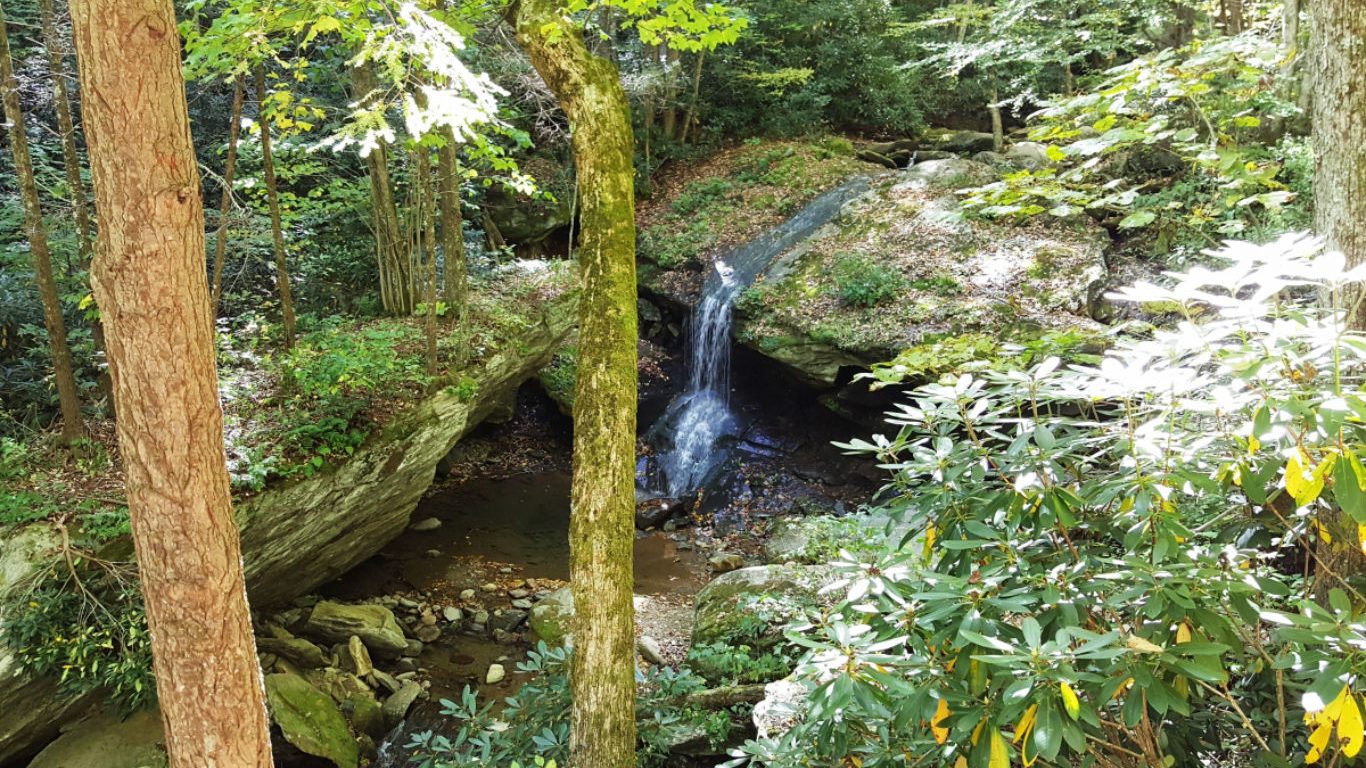
Seven Devils, North Carolina
> Municipal status: Town
> Population: 304
Incorporated in 1979, the town was named after, as one legend goes, seven brothers who had a reputation for being troublemakers. The version that’s more widely accepted, however, is that the town has got its name from the nearby seven rocky hills that early settlers found difficult to pass.
Toad Suck, Arkansas
> Municipal status: Unincorporated
> Population: 3,300 (est.)
According to the Toad Suck website, this is the origin of the community’s name: Steamboats used to ply the Arkansas River, but when it temporarily grew too shallow, they’d tie up near a local tavern to await for passable conditions. Their crews apparently imbibed so freely that somebody cracked, “They suck on the bottle ‘til they swell up like toads.”
[in-text-ad-2]
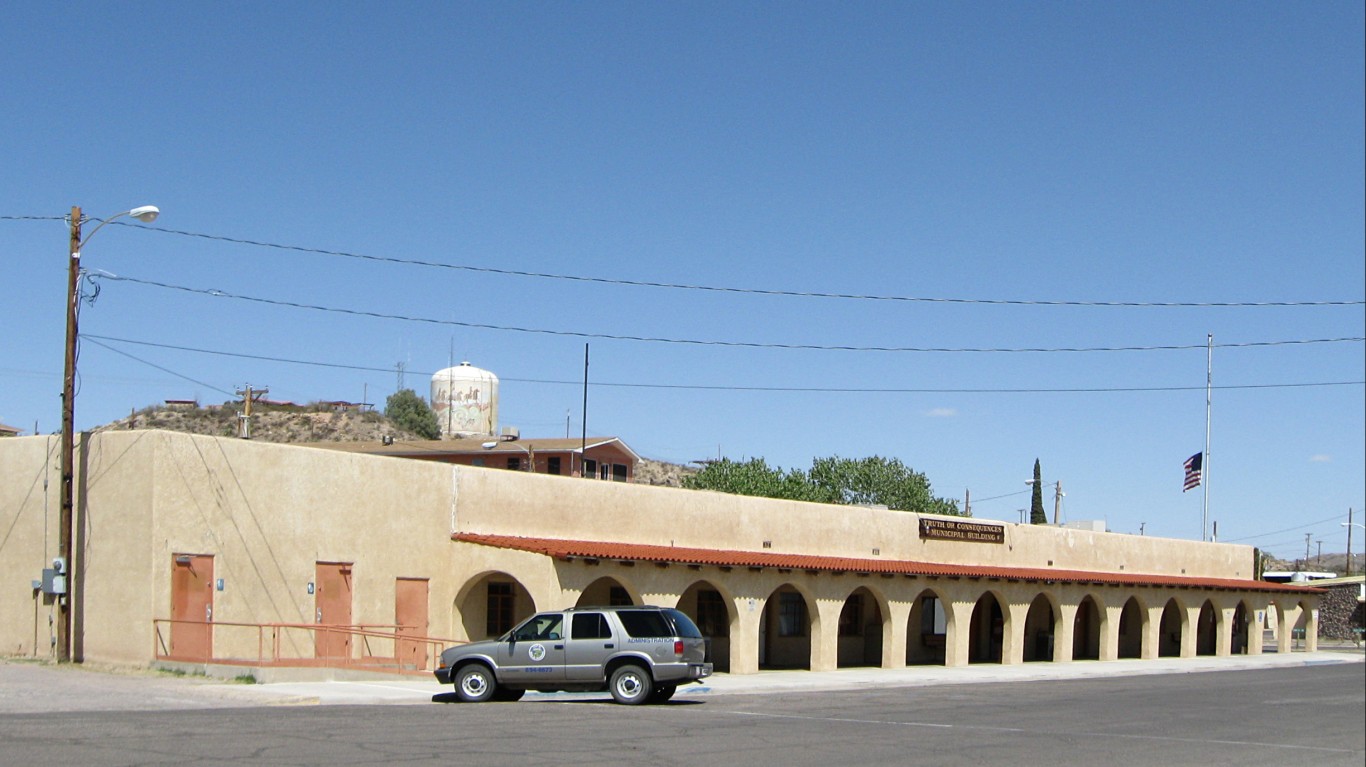
Truth or Consequences, New Mexico
> Municipal status: City
> Population: 5,968
This spa city southwest of Albuquerque used to be called Hot Springs. In 1950, though, radio host Ralph Edwards, of the popular quiz program “Truth or Consequences,” had the idea of finding a town somewhere in America that would change its name to honor the show in celebration of its 10th anniversary. The New Mexico State Tourist Bureau heard of the idea and passed it along to the Hot Springs Chamber of Commerce. The city held an election to decide the matter and voted to become Truth or Consequences.
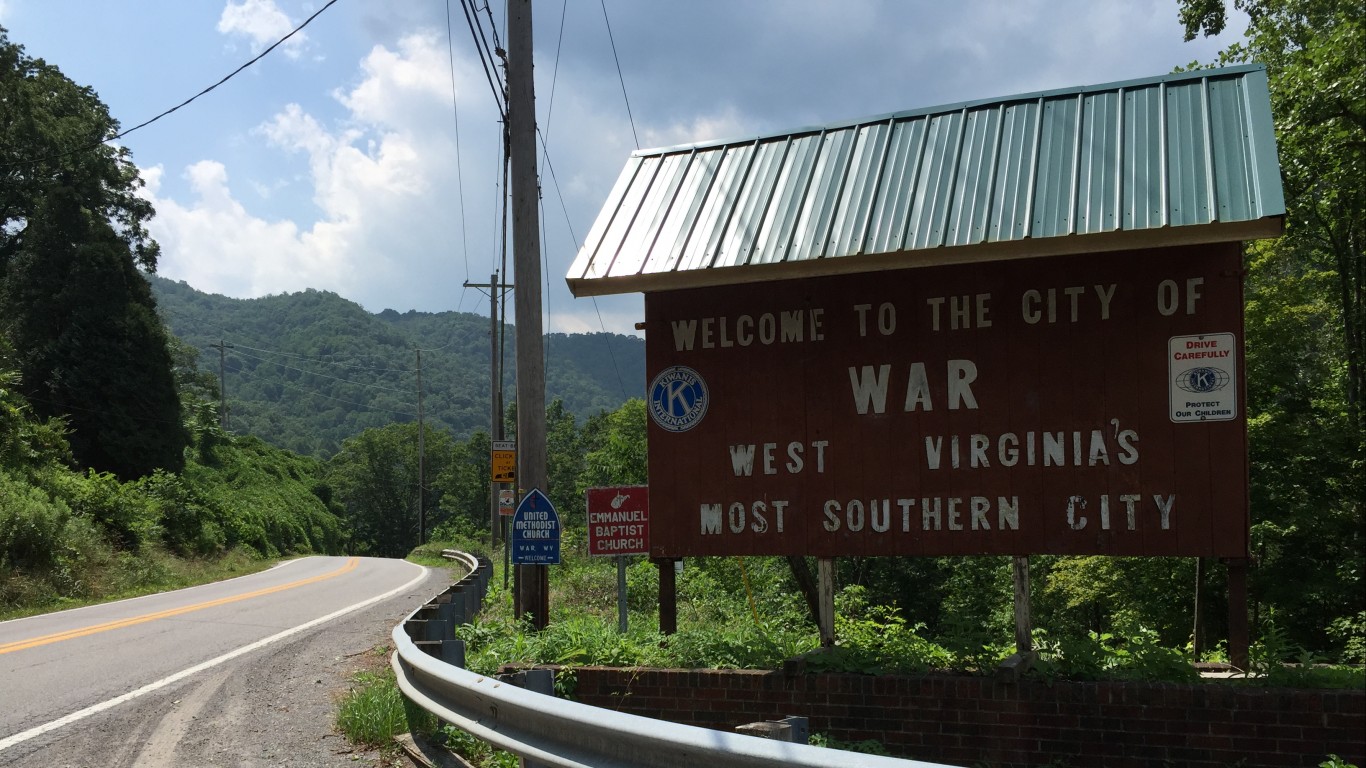
War, West Virginia
> Municipal status: City
> Population: 825
War takes its name from War Creek, which in turn was named by local Indians for a battle that apparently occurred near its headwaters in 1788. Formerly called Miner’s City, War was incorporated under that name in 1920.
[in-text-ad]
What Cheer, Iowa
> Municipal status: City
> Population: 773
There are several theories as to the origin of this city’s name. An account of railway-connected place names published in 1908 attributes it to a Scottish miner who discovered coal in the area and exclaimed “What cheer!” — an old English expression. Another possibility is that a 19th century store owner in what was then called Petersburg, knowing the expression, simply thought it would be a good name for the town’s first post office.
Why, Arizona
> Municipal status: Census designated place
> Population: 151
This town probably got its name from the simple fact that it was near the Y-shaped junction of two state highways. According to one of the community’s early settlers, though, it was inspired by people driving through who asked, “Why are you living way out here?”
Whynot, North Carolina
> Municipal status: Unincorporated
> Population: 228
Whynot was founded in the 18th century by English and German immigrants. The story is that there was a long discussion about what to call the community, and finally somebody asked “Why not name it Why Not and then we can go home?”
Methodology:
In order to identify some of the strangest town names in America, 24/7 Tempo reviewed the nearly 30,000 names of cities, towns, villages, boroughs, and CDPs (census-designated places — settled but unincorporated population centers as defined by the U.S. Census Bureau), collected by the U.S. American Community Survey. We then used our best judgment to identify the most unusual among them.
To help narrow our search, we used four criteria. The first group comprises towns with names that occur only once in the United States and do not consist of discrete words in the English language. For example, Ho-Ho-Kus, New Jersey, is both the only town with that name and a word (or series of words) not found in the dictionary.
The second group is composed of town and place names that are discrete words not expected to be used as town names. For example, the strangeness of the name of Pillow, a town in Pennsylvania, comes not because there’s anything strange about the word “pillow,” but from the unusual choice of using a common noun (though it turns out that it isn’t in this case) to designate a place.
The third and fourth groups consist of names with four or fewer characters as well as names with 20 or more characters as both would likely include examples outside of mainstream naming conventions.
Finally, we used informal sources to add a small number of small unincorporated communities not classed as CDPs, just because they had names (and stories behind those names) that seemed too good to miss.
Get Ready To Retire (Sponsored)
Start by taking a quick retirement quiz from SmartAsset that will match you with up to 3 financial advisors that serve your area and beyond in 5 minutes, or less.
Each advisor has been vetted by SmartAsset and is held to a fiduciary standard to act in your best interests.
Here’s how it works:
1. Answer SmartAsset advisor match quiz
2. Review your pre-screened matches at your leisure. Check out the advisors’ profiles.
3. Speak with advisors at no cost to you. Have an introductory call on the phone or introduction in person and choose whom to work with in the future
Thank you for reading! Have some feedback for us?
Contact the 24/7 Wall St. editorial team.



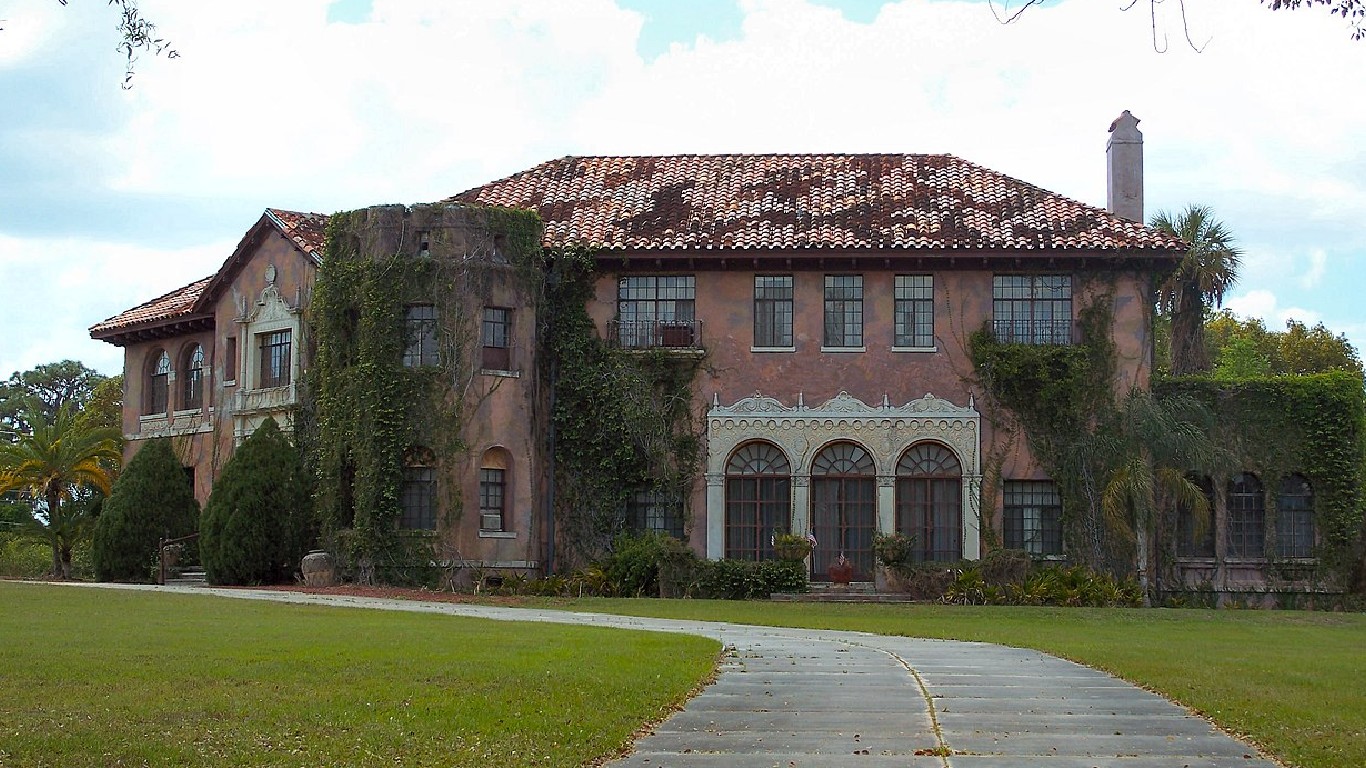



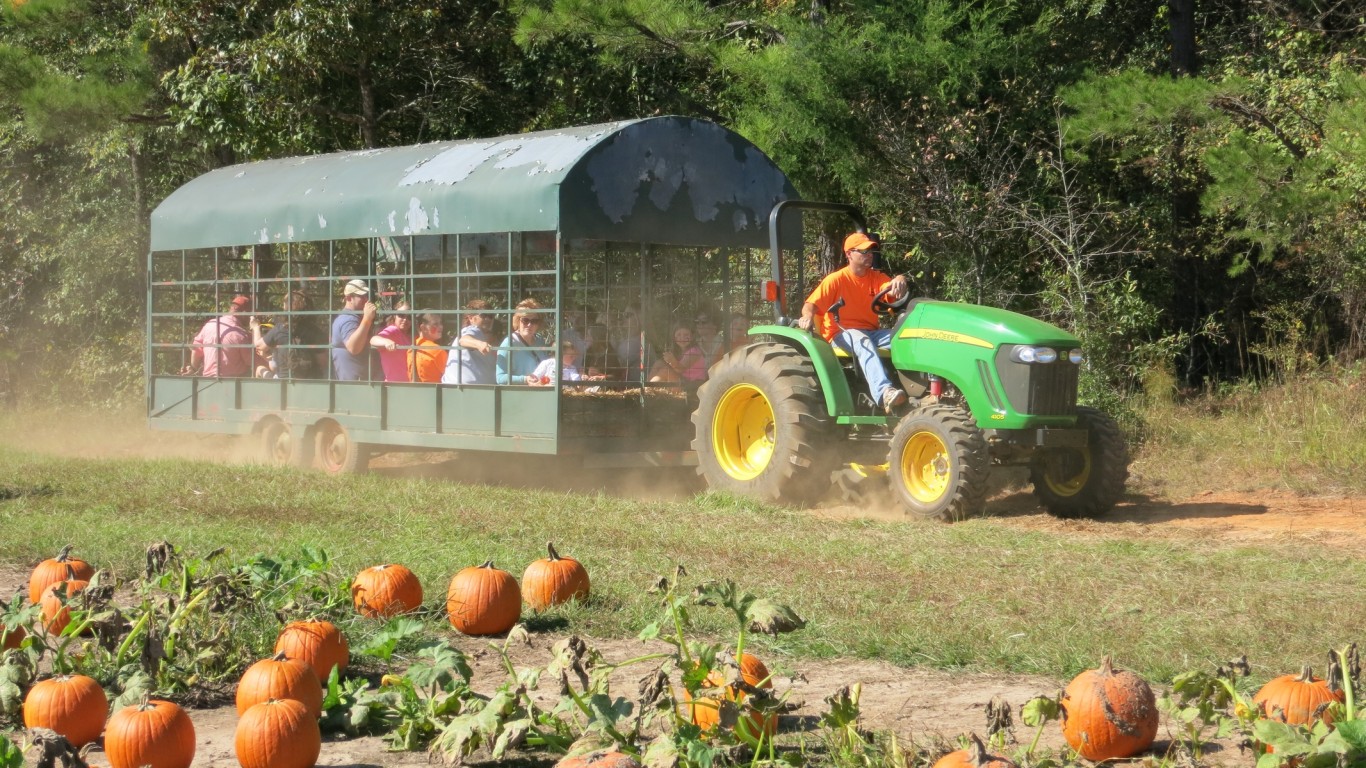
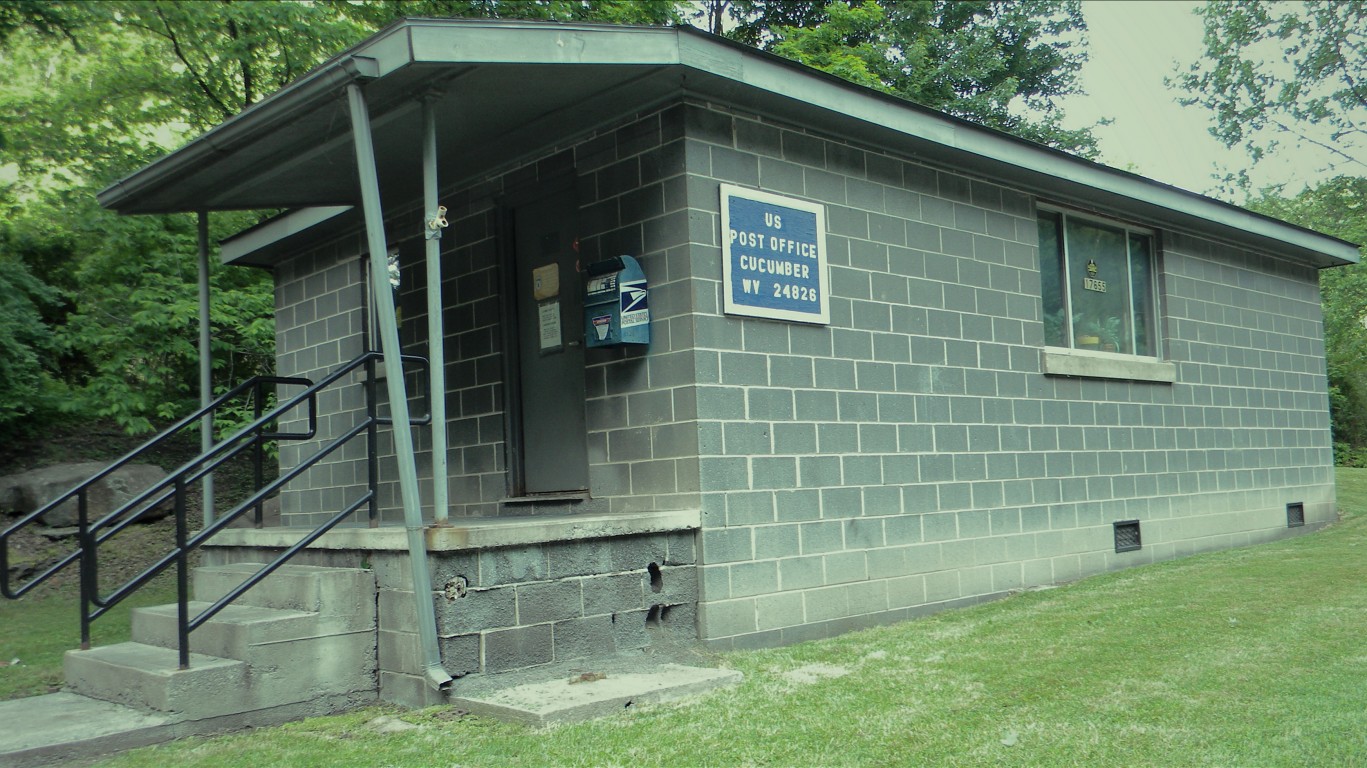


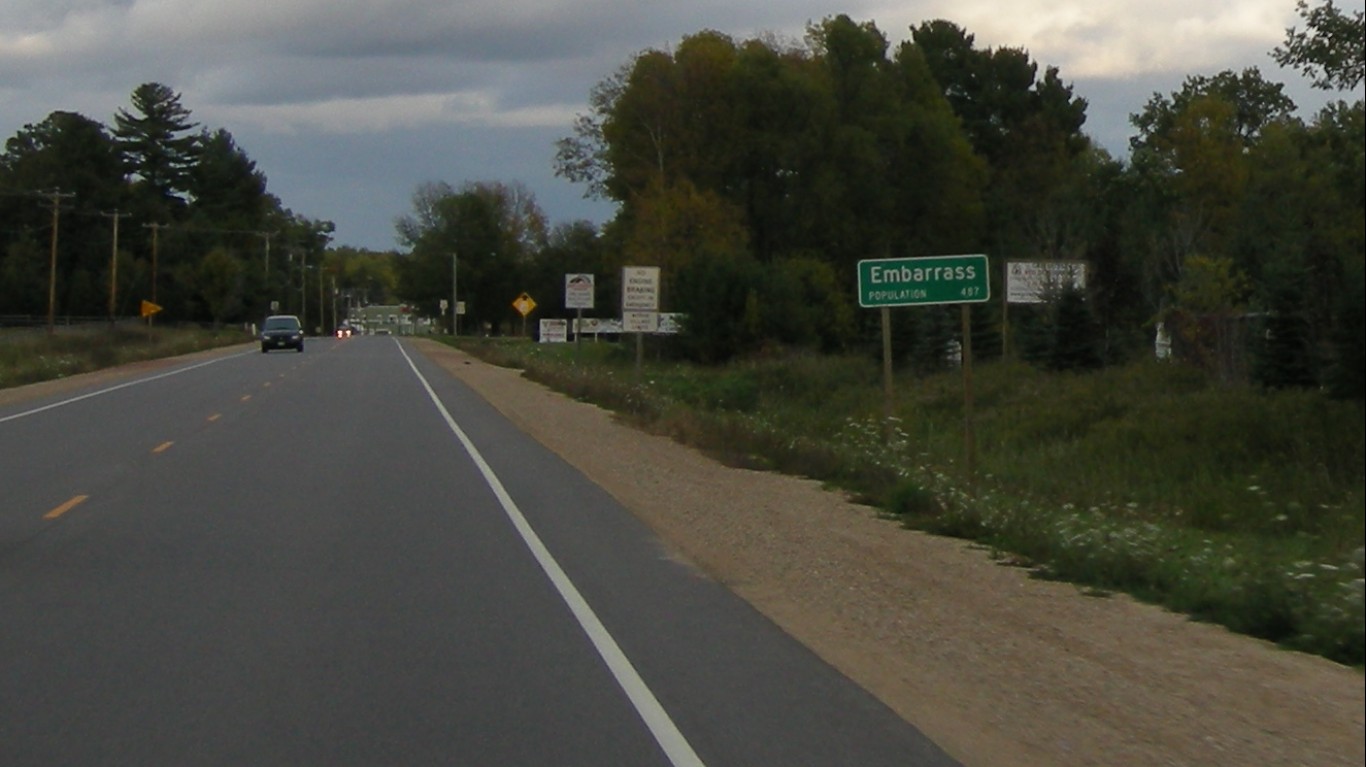
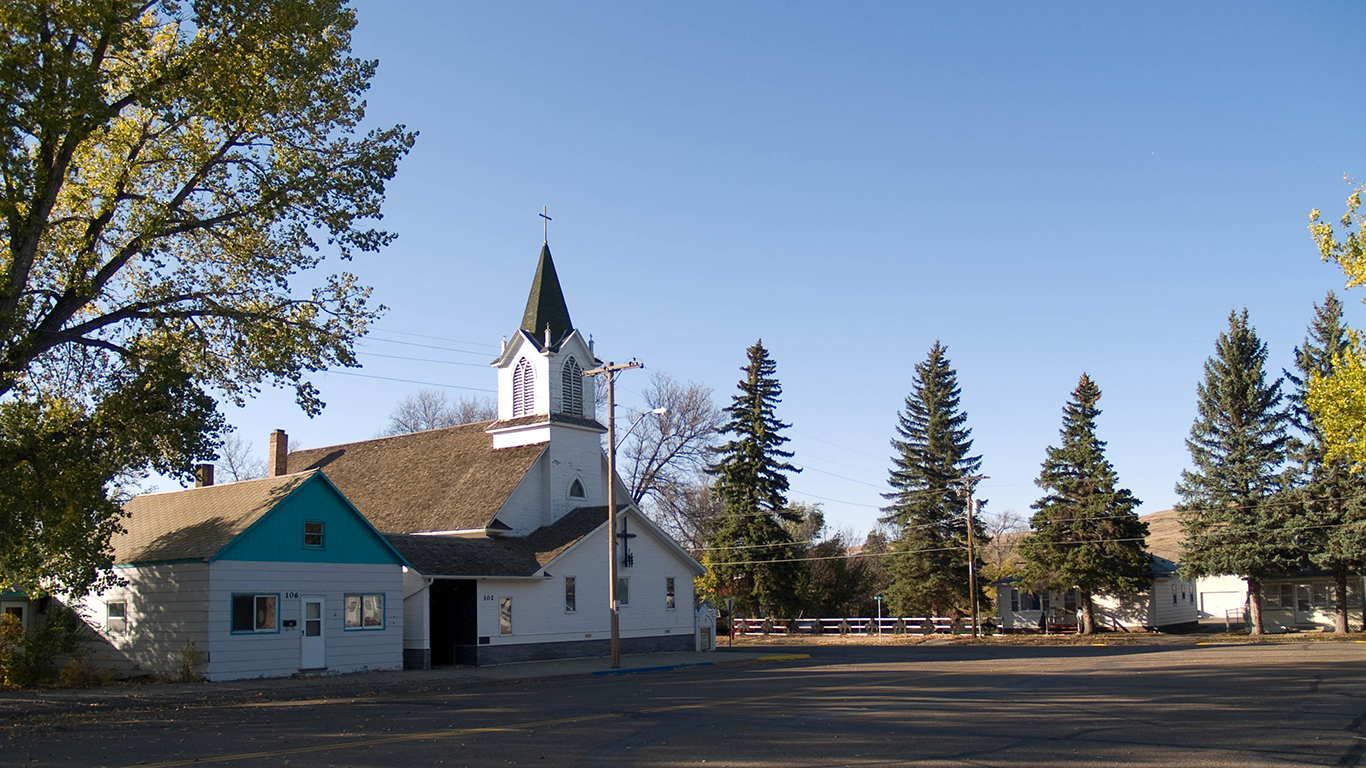
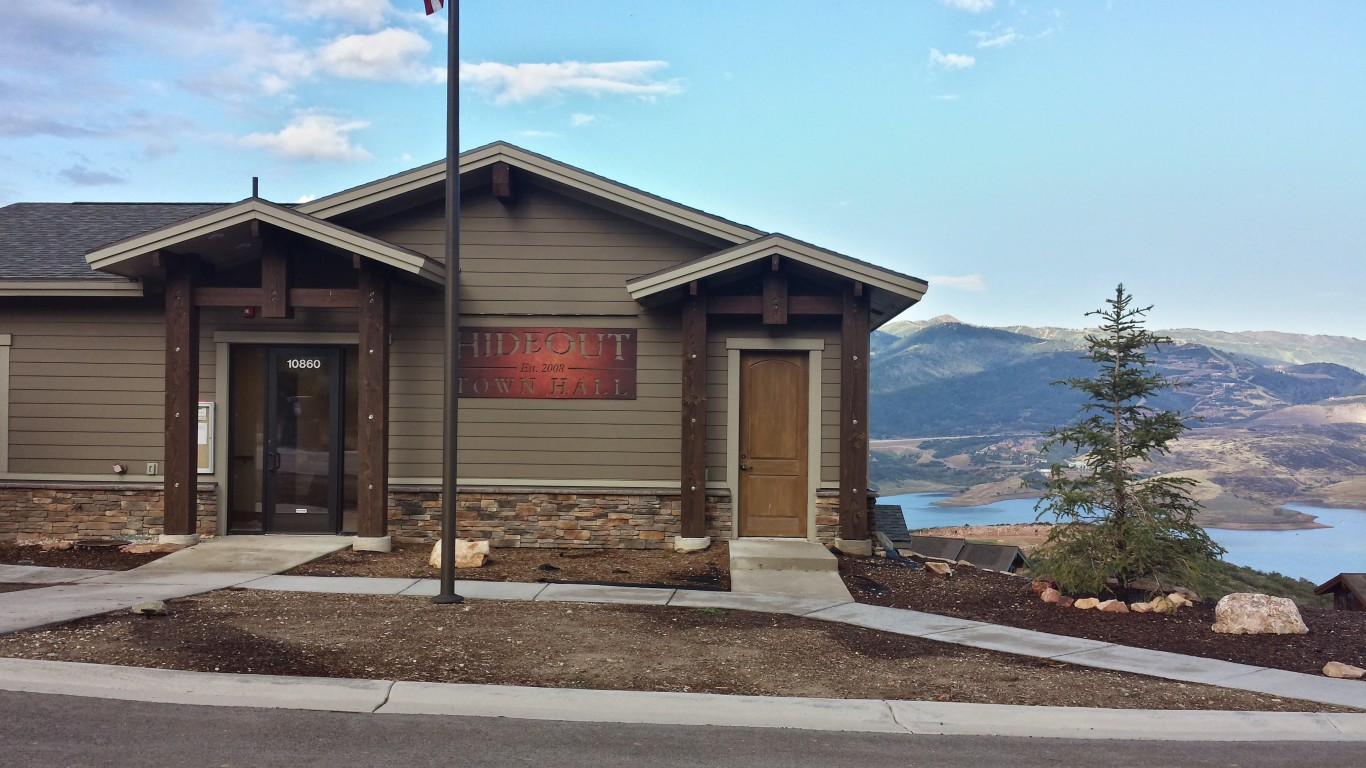


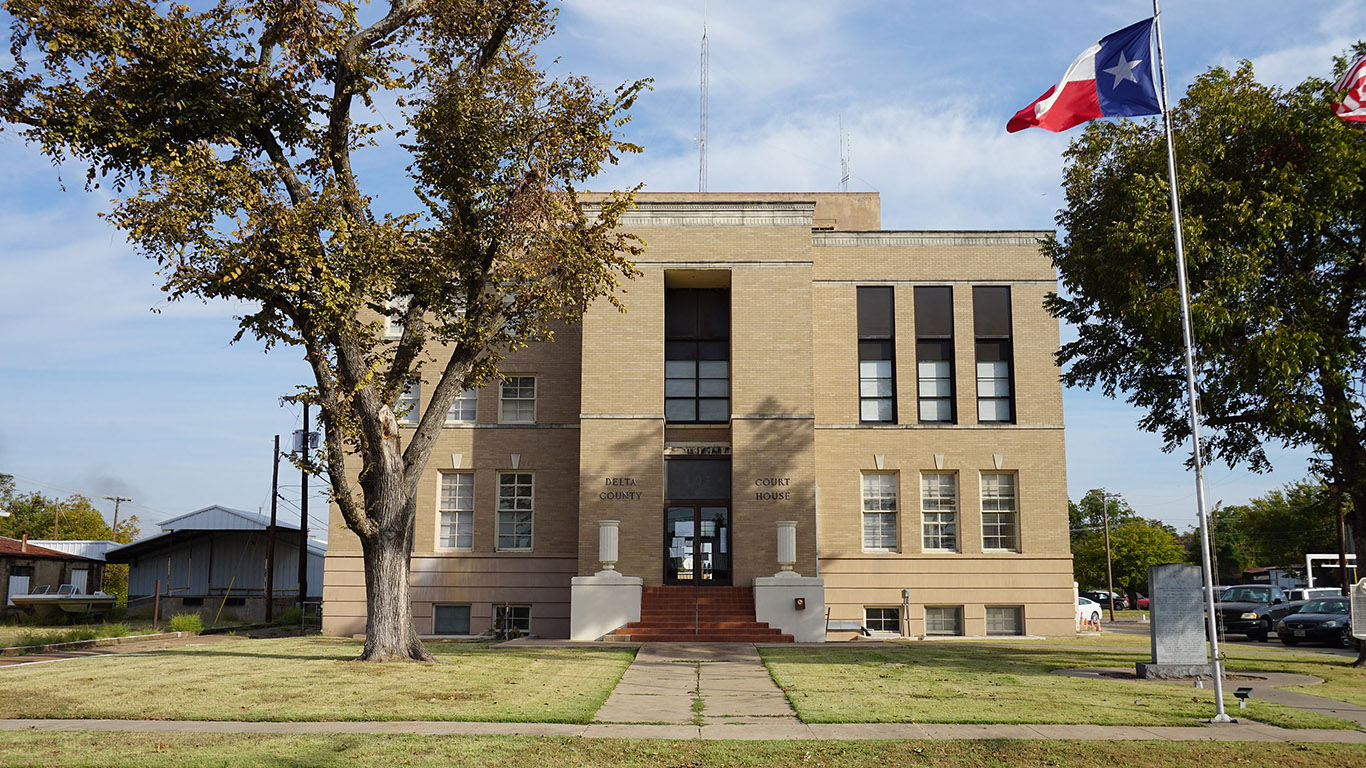



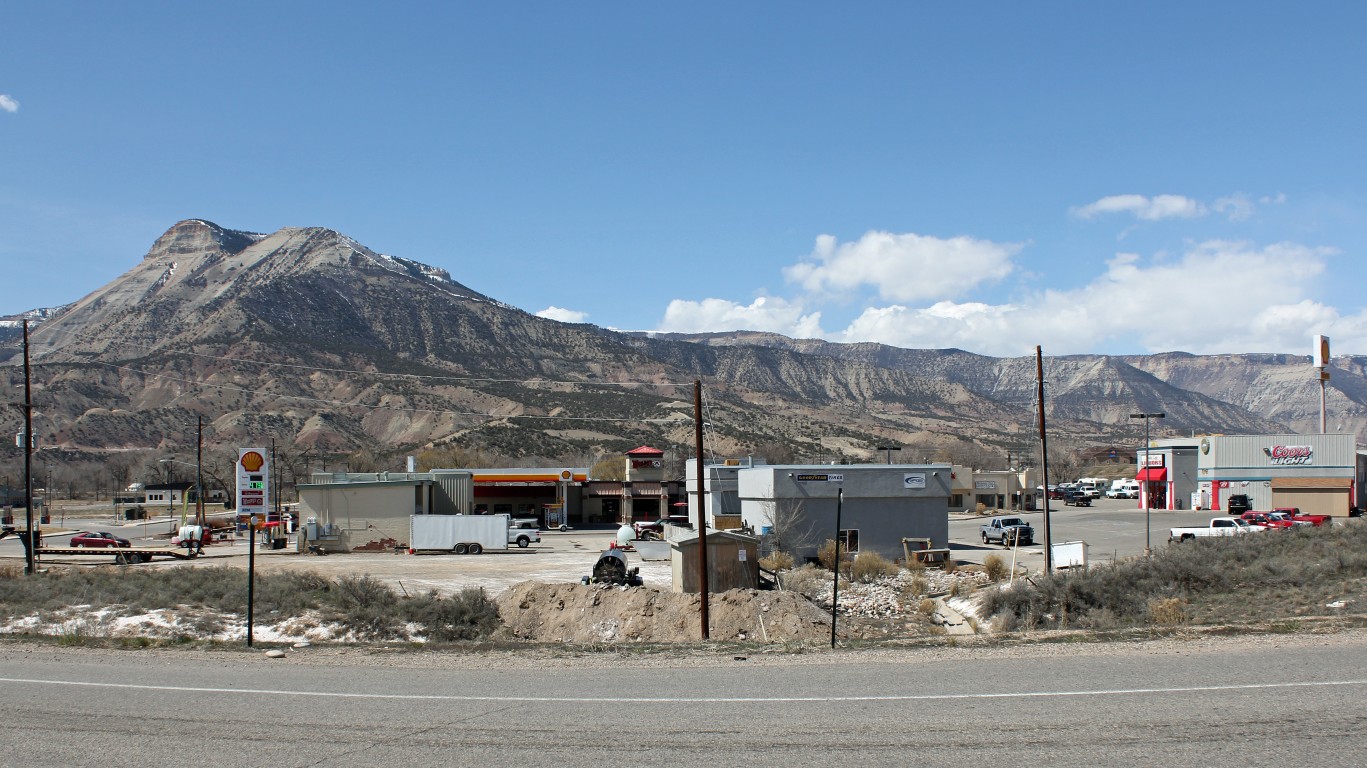
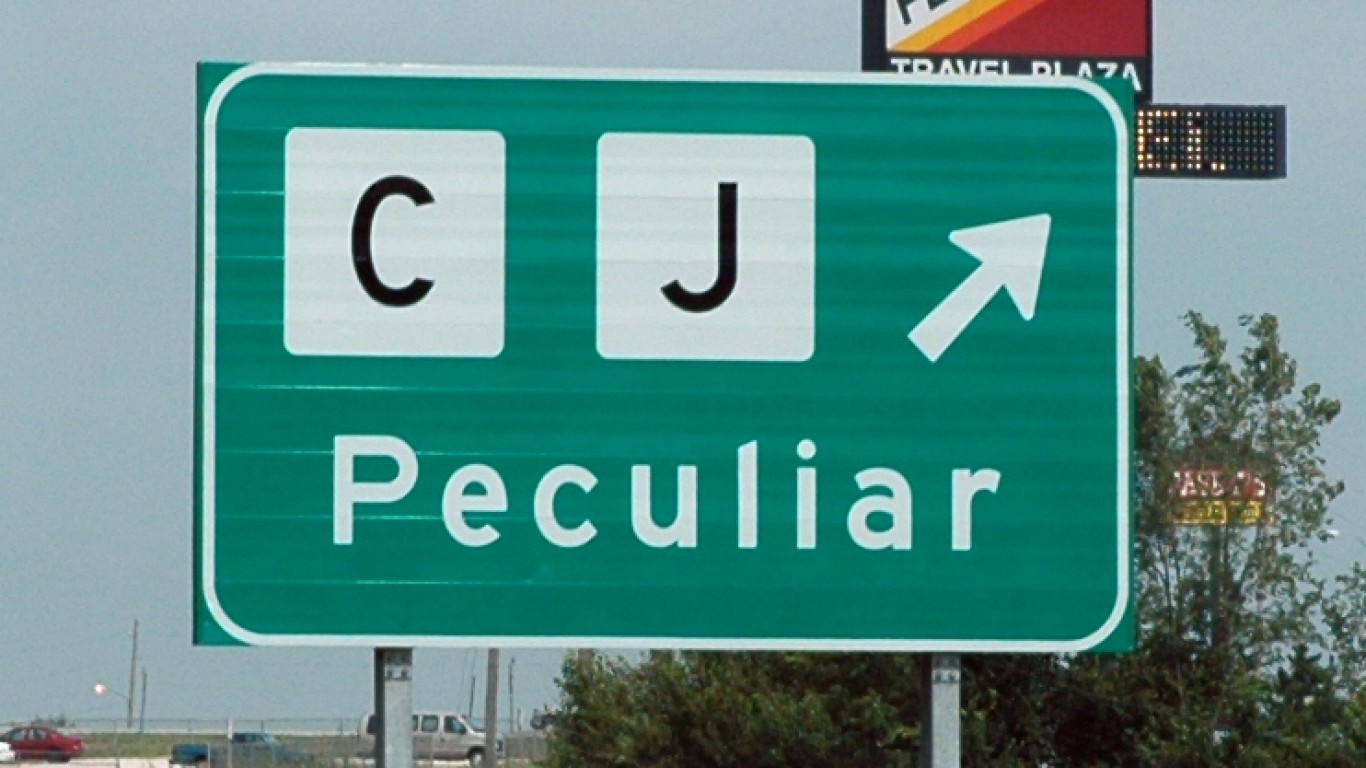


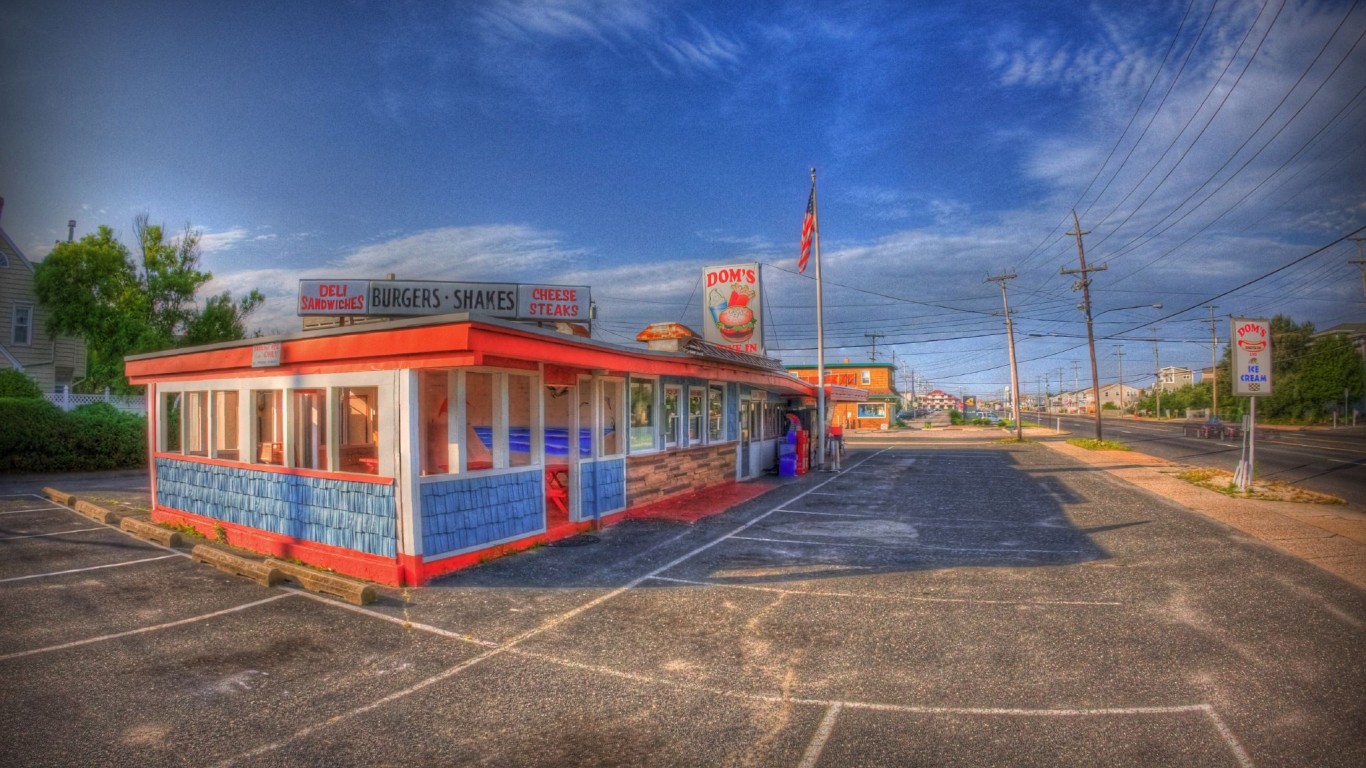


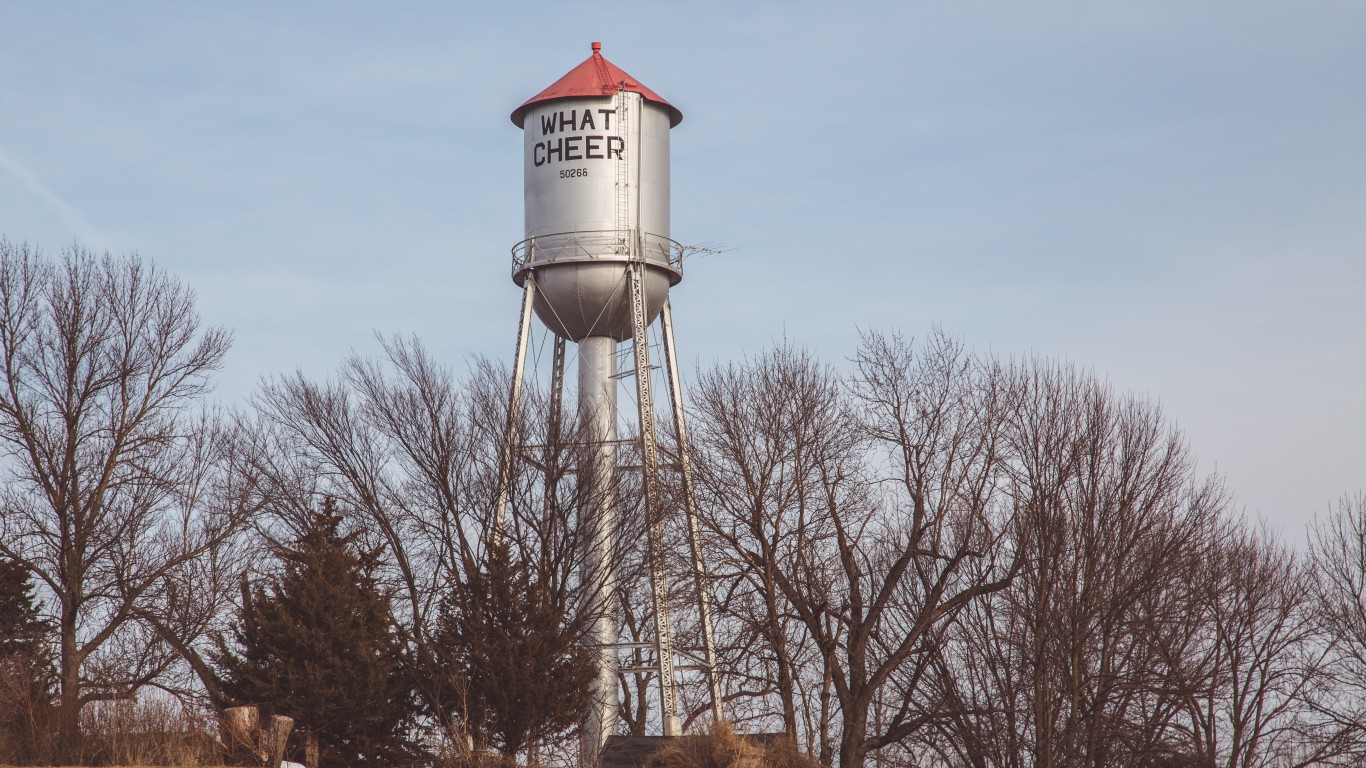
 24/7 Wall St.
24/7 Wall St.